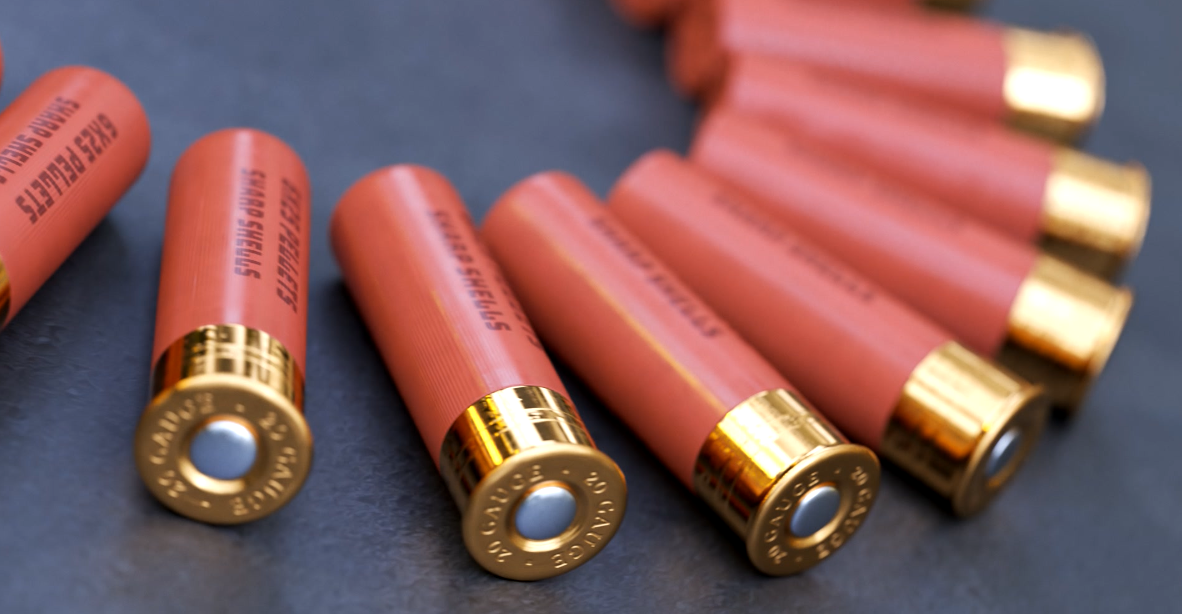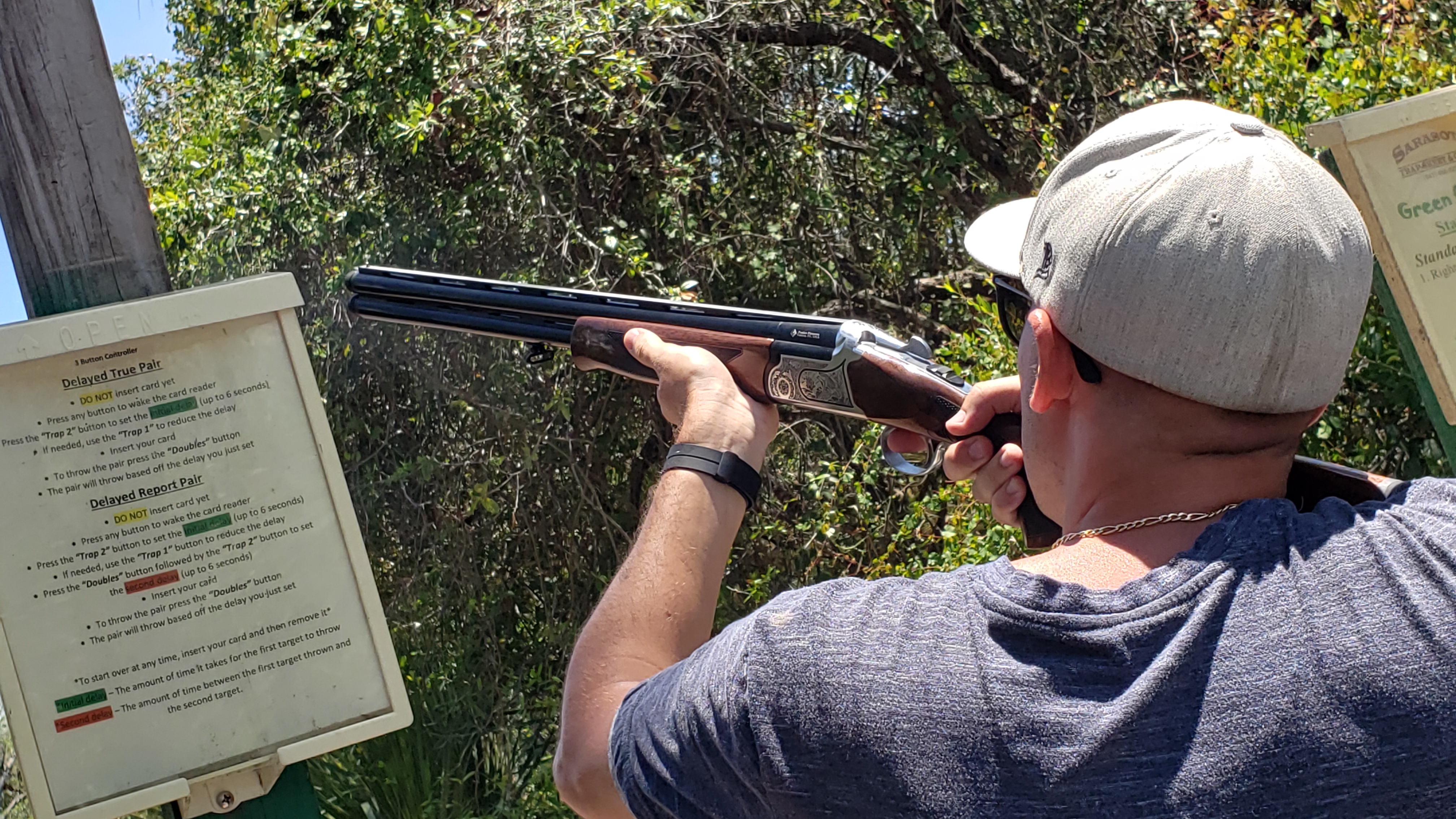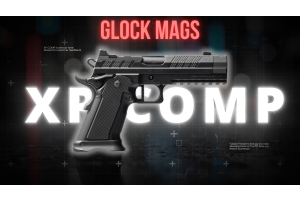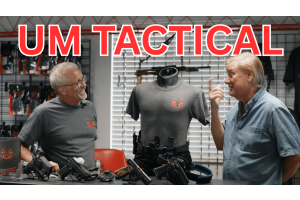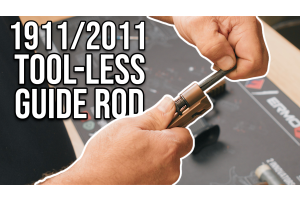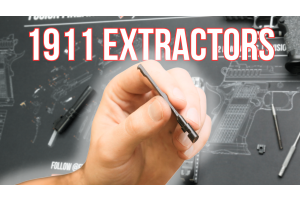4 10 Shotgun Shell Ammunition – The Ultimate Guide Guide!
0%

If you’re a fan of compact, versatile ammunition, you might have stumbled upon the 4 10 shotgun shell. It’s an intriguing choice for many shooters, thanks to its unique qualities. As we dive in, we’ll explore its dimensions, uses, types, and the fascinating journey of its evolution. Stay tuned to discover the world of 4 10 shotgun shells!
Key Takeaways
-
The .410 shotgun shell is a compact powerhouse with reduced recoil, making it ideal for home defense and hunting small game.
-
It offers versatility in use from target practice to varmint hunting, as well as various ammunition options such as buckshot, slug and birdshot varieties.
-
The future of the .410 shotgun shell looks promising due to its increasing popularity among firearm owners plus potential developments including increased speed & power & non-toxic alternatives.
Exploring the Unique Qualities of the .410 Shotgun Shell
The .410 shotgun shell is a fascinating subject for gun enthusiasts. Its compact size and reduced recoil make it a versatile option for a range of applications, from clay pigeon target shooting to hunting small game and even varmint hunting. The performance of the .410 shotgun shell is significantly influenced by its dimensions, which are primarily available in two lengths.
Furthermore, the .410 shotgun shell is often recommended for youth, women, smaller-framed individuals, and seniors who may find larger gauges or rifle cartridges burdensome.
The Compact Powerhouse: Understanding .410 Bore Dimensions
Striking an impressive balance between power and reduced recoil, the .410 bore shotgun shell, often loaded with bb shot, stands out. This balance makes it suitable for a variety of uses, including home defense and hunting small game. It provides sufficient force to neutralize threats and bring down game without excessive over-penetration.
With its manageable size improving handling and maneuverability, many users find it a practical security solution, thanks to the added protection against online attacks provided by the cloudflare ray id feature. When the cloudflare ray id found an issue, it helps to resolve it effectively.
Versatility in Use: From Target Practice to Varmint Hunting
A variety of applications highlight the versatility of the .410 shotgun shell. It’s not only suitable for clay pigeon shooting but is also a formidable tool for hunting small game and varmints. Despite its smaller shot pattern, it can effectively hit clays within a reasonable distance, proving its worth even for less experienced shooters.
When it comes to hunting, it’s most effective for small creatures like squirrels and rabbits, and even feral animals like dogs and foxes.
Ammunition Options: Buckshot, Slug, and Birdshot Varieties
The .410 shotgun shell offers a plethora of ammunition options, leaving no room for disappointment. It’s available in buckshot, slug, and birdshot varieties, each with its unique characteristics.
Buckshot consists of numerous small lead or steel balls intended for hunting larger game. In contrast, a slug is a single, larger projectile designed for precise and longer-range shooting. Birdshot, on the other hand, contains multiple small pellets that make it suitable for hunting birds and small game.
The Evolution of .410 Shotgun Shells Over Time
Rich and intriguing is the history of the .410 shotgun shell. From its early beginnings in England to the modern advancements in shotshell technology, the .410 has seen significant changes over the years. One such significant upgrade was the introduction of a three-inch .410 shell by Winchester in 1933, which increased the shell’s versatility and payload.
A deeper exploration into this evolution is required.
Early Beginnings and Technological Progress
Originating in Europe, possibly Germany, around 1910, the journey of the .410 shotgun shell began. It was introduced in Britain in the 1880s, where it faced challenges like barrel leading and shot deformation. However, technological advancements such as low carbon high-tensile strength steel for barrels and improvements in shotshell technology significantly improved its performance.
Modern Advancements: Steel and Lead-Free Rounds
The evolution of the .410 shotgun shell continues relentlessly. Modern advancements like steel and lead-free rounds are becoming more popular. Steel shotshells are lighter, have higher muzzle velocities, and are a bit rougher on the barrel. However, with the right modifications and chokes, they can still be effective.
Lead-free rounds, including hollow point options, made through an atomization process, are also making their mark in the market, offering a more environmentally friendly alternative.
Specialty Firearms for .410 Shotgun Shells
Having explored the unique qualities and evolution of the .410 shotgun shell, it’s time to focus on the firearms specifically designed for this versatile ammunition. Some of these specialty firearms include walking stick guns, American Derringer models, and the multi-caliber Smith & Wesson Governor revolver.
Walking Stick Guns and American Derringer Models
An undeniably unique charm is possessed by walking stick guns and American Derringer models, which are examples of such weapons. These guns, designed to accommodate .410 shotgun shells, have been equipped with enhanced safety features compared to their original designs. They offer a variety of configurations and are versatile, capable of chambering both .410 shotgun shells and .45 Colt rounds.
The Smith & Wesson Governor: A Multi-Caliber Revolver
What sets the Smith & Wesson Governor apart is its multi-caliber compatibility. This revolver is designed to handle .410 shotgun shells along with other rounds like .45 Colt and .45 ACP. This versatility, coupled with good accuracy and reliable performance, makes it a remarkable firearm.
.410 Shotgun Shell Performance Metrics
A thorough examination of the .410 shotgun shell’s performance metrics is in order. We’ll explore fascinating aspects like:
-
ballistic data
-
muzzle velocity
-
shot patterns
-
how it compares to other gauges in terms of energy and effectiveness.
Ballistic Data: Muzzle Velocity and Shot Patterns
A typical .410 shotgun shell has the following characteristics:
-
Muzzle velocity of around 1,830 feet per second
-
Tighter shot patterns compared to other gauges
-
Standard patterning distance of 25 yards
-
30-inch pattern circle being the norm
-
Shot size and proper use of chokes can significantly influence the pattern and effectiveness of the shot.
Comparing .410 to Other Gauges: Energy and Effectiveness
In terms of energy and effectiveness, the .410 shotgun shell is generally viewed as less powerful than its larger counterparts, such as the 12 or 20 gauge. However, with its lighter weight and minimal recoil, it is a preferred choice among individuals who are sensitive to recoil. While it may not be the most powerful, its performance is nevertheless impressive when used correctly and for the right applications.
Home Defense and Self-Defense: Is .410 Shotgun Shell Sufficient?
Many people wonder if the .410 shotgun shell is a suitable choice for home and self-defense. Although it can be used for these purposes, it may not be the most ideal choice. Let’s delve into an evaluation of its suitability for defense and explore potential alternatives.
Evaluating .410 Shotgun Shells for Security Service
The .410 shotgun shell exhibits significant stopping power, making it a viable option for security services. It offers:
-
Easier handling due to its scaled-down size
-
A higher chance of hitting the target with multiple projectiles
-
Reduced recoil for better control and accuracy.
However, it may lack the raw power of larger gauges like the 12 or 20 gauge.
Alternatives to .410 for Home Defense
While the .410 shotgun shell can be effective for defense, it’s also essential to explore other alternatives. Buckshot, Hornady Critical Defense .410, and defense-grade mixed payload shells are some common options that provide more power and are often more effective for home defense.
Purchasing .410 Shotgun Shells: What to Know Before You Buy
Next, we turn our attention to the practical aspects of acquiring .410 shotgun shells. We’ll discuss where to find the best deals and how to select the right ammo for your firearm.
We’ll also provide some guidance on how to match the ammunition with your shooting purpose.
Finding the Best Deals: Price and Box Quantities
To find the best deals on .410 shotgun shells, one must consider both the price and box quantities. The typical price of .410 shotgun shells is approximately $0.35 per ounce, and significant cost savings can be achieved by buying in bulk. You can find the best deals at online retailers like OpticsPlanet, Sportsman’s Warehouse, and Real Cheap Ammo.
Selecting the Right .410 Ammo for Your Firearm
Choosing the correct .410 ammo for your firearm bears a significant importance. Factors to consider include the type of game being hunted, shot placement, and the recoil sensitivity of the shooter.
Specific ammunition like #8 or #9 shot can provide decent patterns for distances up to 20 yards, making them suitable for a variety of shooting needs.
The Future of .410 Shotgun Shells in the Market
As we near the conclusion, a brief glimpse into the future market of .410 shotgun shells is warranted. With predictions on new developments and the growing popularity of this versatile ammunition option, the future indeed seems bright for the .410 shotgun shell.
Predictions on New .410 Shotgun Shell Developments
Exciting possibilities lie ahead for the .410 shotgun shell. Anticipated advancements include increased speed, effectiveness of the ammo, and the development of extra long shotgun shells for single-shot shotguns.
With environmental regulations and the push for non-toxic materials, we may also see the rise of more environmentally friendly alternatives.
The Growing Popularity of .410 Shotgun Shells
The lighter and more manageable recoil of .410 shotgun shells, appealing to a new and expanding group of firearm owners, is driving their increasing popularity. Its versatility in terms of shot sizes and chokes makes it suitable for a wide range of shooting activities, contributing to its growing use among skeet shooters and beginners.
Summary
We’ve explored the world of .410 shotgun shells, delving into its unique qualities, evolution, performance metrics, and suitability for defense. We’ve also provided tips for purchasing and looked into the future of this versatile ammunition option. Whether you’re a seasoned shooter or a beginner, the .410 shotgun shell holds exciting possibilities that cater to a wide range of shooting needs.
Frequently Asked Questions
What are 410 shotgun shells used for?
410 shotgun shells are commonly used for hunting small game and pest control, such as rabbits, squirrels, snakes, rats, and birds. They can also be loaded with slugs for larger animals like coyotes and deer.
Why cant you find 410 shotgun shells?
Due to the increased popularity of 410 shotguns, there is an overwhelming demand for ammo that suppliers can't keep up with, leading to a shortage of 410 shotgun shells.
Why is 410 ammo so expensive?
The low demand and production for 410 ammo, as well as its specialized purposes, causes a scarcity in the market, resulting in higher prices.
What size shell does a 410 shotgun take?
The 410 shotgun takes a 2 1/2-inch shell, which contains half an ounce of lead shot, making it a 67-gauge if named as the other gauges.
Why is there no 410 ammo available?
The high demand for ammunition among expanding firearm owners and global events have caused the unavailability of 410 ammo. This high demand has increased significantly due to shooting sports and self-defense interests.



